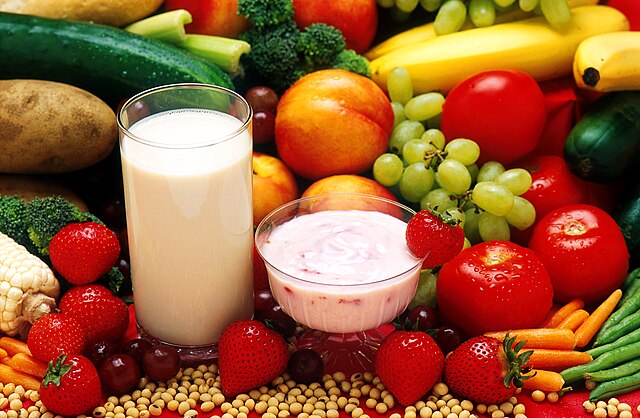Sales’ adverts of grocery specialties in the United States have risen in the June 21-July 3, 2025 timeline, before the Fourth of July.
According to the USDA’s Agricultural Marketing Service (AMS), peaches have amassed 7% of all non-organic grocery ad placements so far.
In the other fruits category are nectarines with 5%, strawberries with 4% and watermelon with 4% in ads’ share. Notably, strawberries are currently in the summer u-pick season in northern states like Michigan.
Among vegetables, tomatoes (6%), sweetcorn (4%) and potatoes (4%) boast the highest ad placement in the weeklong period.
Marking the U.S.’ Independence Day, the Fourth of July usually motivates substantial grocery purchases a week beforehand.
Versatile Pricing of Tomatoes
Concerning the weeklong retail prices, a few commodities like tomatoes have registered sharp changes week-on-week and year-on-year (y-o-y).
Roma tomatoes sold in the June 21-July 3 period at $1.20/lb versus $1.10 a week back, and $1.02 a year ago.
Balancing the act however were greenhouse vine ripe tomatoes, which contracted to $1.55 a pound from $1.68 in late June 2024.
The balancer is steady production in California where the USDA on May 29, 2025 edged output 1% higher than an earlier January forecast. This is despite contracted production in 2025 at 10.2 million tonnes falling short of the corresponding contracted output in 2024.
Other Edibles
Unlike tomatoes, mushrooms, apples and avocados are generally either cheaper or pricier than in late June 2024.
Market rates of 6-ounce Portobella mushrooms have upped from $3.08 in June 2024 to $3.7. This is unlike prices of 1-pound measures that remain unchanged a year on, at $4.99.
Meanwhile, Granny smith apples lost from $1.78 a pound in late June 2024 to $1.37 this week. This is even as Honeycrisp dessert apples improved y-o-y to $2.99, from $1.85 per pound.
Hass avocados on the other hand are generally cheaper year-to-date at $0.47 per small piece, vis-á-vis $0.49 in 2024.
Across the board, stone fruits like peaches and nectarines as well as vegetables like lettuce all show low volatility year-to-date. For more shopping data on grocery specialties, days before the Fourth of July, peruse the statistics below.
Fourth of July Grocery Specialties Sales Statistics
Each Independence Day, people in the United States spend billions on shopping. On July 4, 2024, consumers utilized around $15.5 billion, of which food alone without alcohol, constituted $9.4 billion. According to the Capitalone Shopping, 91% of citizens shop before the day itself and in 2025, 83% made plans for food purchases. This means that the week leading up to the holiday sees a spike in food ads. According to the U.S. Department of Agriculture’s AMS, foodstuff advertisements on June 21 through July 3, 2025 were at 265,811. This marks a 3% increase in weekly ads but a 32% decrease in yearly placements.
Is 4th of July expensive for cookouts?
Independence Day usually brings out Americans in social events known as cookouts, which normally cost more than typical outings. A June 2025 Marketbasket Survey by the American Farm Bureau finds 2025’s cookouts for 10 people cost US¢30 less than 2024’s. This means such a gathering will have food costs down to $70.92, from the $68.93 bill of 2024. However, the survey concludes that 2025 dinners cost $7.09 a person, the second most expensive since 2013.
Where do U.S.’ shoppers buy holiday-time food?
Surveys show that 59% of shoppers access food from conventional grocers while 31% from mega promotional stores.
Does inflation affect Independence Day Shopping?
High inflation in July 2023 forced for modest purchases as costs rose 17% above those of pandemic-hit 2021. Leading the list was bread, whose price rose by 22% in 2023 over 2022 equivalents. Potato chips, too, were 15% costlier in the same period.
